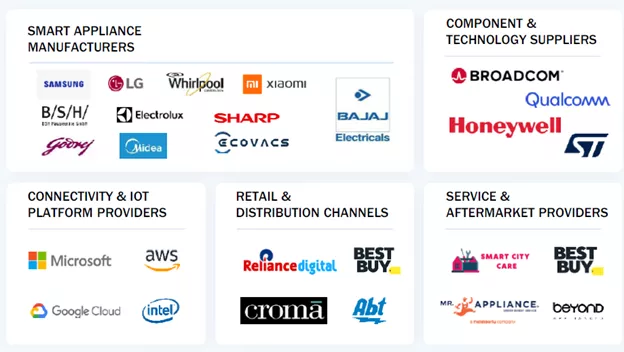According to MarketsandMarkets, the co-packaged optics market is projected to grow from USD 15 million in 2023 to USD 49 million by 2028, registering a CAGR of 26.5% during the forecast period.
Penetration of IoT and connected devices in education and healthcare sectors, growing investment by tech giants to develop data centers, and introduction of ultra-high-definition video streaming are expected to propel the co-packaged optics market in the next five years. However, increased network complexity is likely to pose challenges for industry players.
The co-packaged optics market is being driven by the growth of mega data centers, which require high-speed, reliable connections between the different components of the data center. CPO provides a more efficient and cost-effective way to connect the components of mega data centers, making it an ideal solution for meeting this demand. As the number of mega data centers continues to increase, the demand for CPO is also expected to grow, driving the growth of the CPO market in the coming years.
Download PDF Brochure:
https://www.marketsandmarkets.com/pdfdownloadNew.asp?id=28874835
Opportunities: Rising deployment of 5G network
Co-packaged optics is a promising new technology that can improve the performance of 5G networks. It can enhance the performance of fronthaul links that connect the baseband unit (BBU) to the radio unit (RU) in 5G networks. CPO can also help to improve the performance of backhaul links that connect the RUs to the core network in 5G networks. These links are short, but they require high bandwidth to support the high data rates of 5G.
Overall, co-packaged optics is a promising new technology that has the potential to improve the efficiency and cost-effectiveness of 5G networks. By reducing power consumption and increasing bandwidth density, CPO can help make 5G networks more efficient.
Challenges: Increasing fiber counts per switch
Co-packaged optics switches combine optical and electronic components on a single chip, providing higher bandwidth and lower latency than traditional optical transceivers. However, such switches increase the fiber count per unit as they have more optical ports. This makes it challenging to route all fibers compactly and efficiently. To meet the demand for higher capacity switches, CPO switch ASICs can use parallel optical engines, allowing for up to 1024 fibers (four times as many as in existing solutions). However, this requires more front panel area than a 1RU switch can accommodate if MPO-16 is used at the front plate. Additionally, an external laser source (ELS) may be required, making the face plate space requirements even more complicated.
Tuesday, December 5, 2023
Co-Packaged Optics Market: Opportunities, Challenges, and Solutions during 2023-2028
Subscribe to:
Post Comments (Atom)
Smart Home Appliances Market: Revolutionizing Modern Living Through Connected Intelligence to 2030
The Connected Home Revolution Smart home appliances are becoming a central pillar of modern households as consumers increasingly adopt conne...

-
In the ever-evolving landscape of industrial automation, ensuring the safety of workers and machinery is paramount. Machine safety solutio...
-
The global 3D machine vision market is expected to be valued at USD 2.13 Billion by 2022, growing at a CAGR of 11.07% between 2017 an...
-
According to the new market research report on the "Nanorobotics Market by Type (Nanomanipulator (Electron Microscope and Scanning Pro...
No comments:
Post a Comment